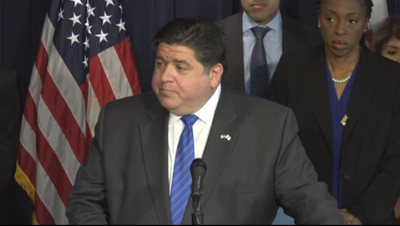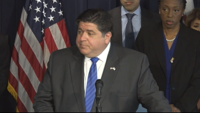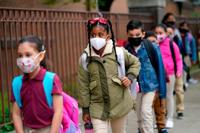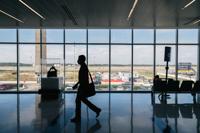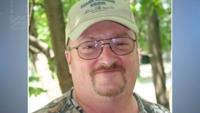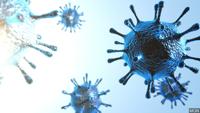CHICAGO (WSIL) -- Governor JB Pritzker joined Chicago Mayor Lori E. Lightfoot and public health officials Friday to discuss the state's plan to combat the spread of coronavirus.
, Illinois became the first state in the U.S. to perform in-state testing for COVID-19. The tests were done at the Illinois Department of Public Health (IDPH) laboratory in Chicago. Next week, testing will expand statewide, to IDPH labs in Springfield and Carbondale.
The state is also partnering with hospitals in every region to use voluntary testing for COVID-19. Under the plan, certain emergency departments will begin testing select patients who have influenza-like symptoms.
“Our top priority is keeping Illinoisans safe and we are using every tool and resource at our disposal to prepare for this virus and contain any spread,�� said Governor JB Pritzker. “This is a coordinated effort with state, city and local entities working together to put the full weight of our government behind this response. Illinois has a leading public health system that was the first �� and remains one of just a few nationally �� able to test for COVID-19 and we will continue leading the way forward to protect our communities.��
To date, Illinois has had two confirmed cases of COVID-19. Both individuals have since recovered.
“We continue to actively monitor the international and domestic situation closely, plan ahead and strengthen and refine our local public health response,�� said Dr. Ngozi Ezike, Director of the Illinois Department of Public Health. “We’ve undertaken these serious, but necessary measures while remaining in close communication with our federal and local partners to ensure all systems in place work efficiently and effectively.��
The Illinois Department of Public Health has created a hotline to answer questions about COVID-19. It's 1-800-889-3931. Information can also be found on the and the .
Current state efforts to prevent the spread of COVID-19 in Illinois include:
- Airport screening and monitoring health of travelers returning from China.
- Investigating confirmed cases of COVID-19 and monitoring friends and family who may have been exposed.
- Planning community measures that can help limit the spread of disease, like having ill individuals stay home (including housing and transportation needs).
- Providing regular guidance to hospitals and healthcare professionals, including information on infection control, personal protective equipment (PPE) supply planning, and clinical evaluation.
- Working to expand local laboratory testing for COVID-19.
- Developing and distributing guidance for childcare facilities, schools, universities, businesses, community- and faith-based organizations, among many others.
The governor's office has the following recommendations for individuals and communities to help minimize the risk of COVID-19 spread:
- Practice everyday preventive actions such as performing frequent hand hygiene, using hand sanitizer or soap and water when visibly soiled; covering your cough and sneezes; avoiding ill people; and staying home when sick (except to seek medical care). These simple actions can prevent the spread of many illnesses, including COVID-19.
- Healthcare providers should continue to ask patients with fever and respiratory symptoms about their travel history. Refer to CDC’s Guidance for Healthcare Professionals for more information on screening and evaluating Persons Under Investigation.
- Childcare facilities, K-12 schools and colleges/universities should review their emergency operations plans, including strategies for social distancing and online learning.
- Businesses and employers should actively encourage all employees to stay home when sick, perform hand hygiene, and cover coughs and sneezes. Businesses should review their emergency operations plan, including identification of essential business functions, teleworking and flexible sick leave policies. For more information see CDC’s Interim Guidance for Businesses and Employers.
- Community- and faith-based organizations should review existing emergency operations plans, including strategies for social distancing and modifying large gatherings such as concerts and festivals.

